How to choose a fishing float
A float is a thing of beauty. No matter how many we have, the temptation to add to the collection is a powerful force in most anglers. Go into any tackle shop and there they are, row upon row of little soldiers proudly standing to attention. Thin ones, short ones, fat ones, they all have their place, but, which one to choose?
To answer that question we need to look at what we want the float to do. The primary function of a float is to suspend the baited hook at the desired depth we wish at whether this is fishing up in the water or on the bottom. It’s other equally important role is to act as a visual indicator that a fish has taken the bait.
Choosing a fishing float
The choice of float is largely dependent on the type of water you wish to fish, although other factors such as wind strength and casting distance also play a part. For example, when fishing a still water such as a lake or canal, a waggler would probably fit the bill.
The waggler is attached to the line using the bottom ring only with a shot pinched on the line either side of the float to hold it in place. This also has the effect of holding the line beneath the surface which reduces the risk of drag, thereby allowing the bait to be presented more naturally. Additional weights can be added as necessary further down the line to set the visible tip of the float as preferred. This is particularly effective when fishing hard on the bottom and in choppy water.
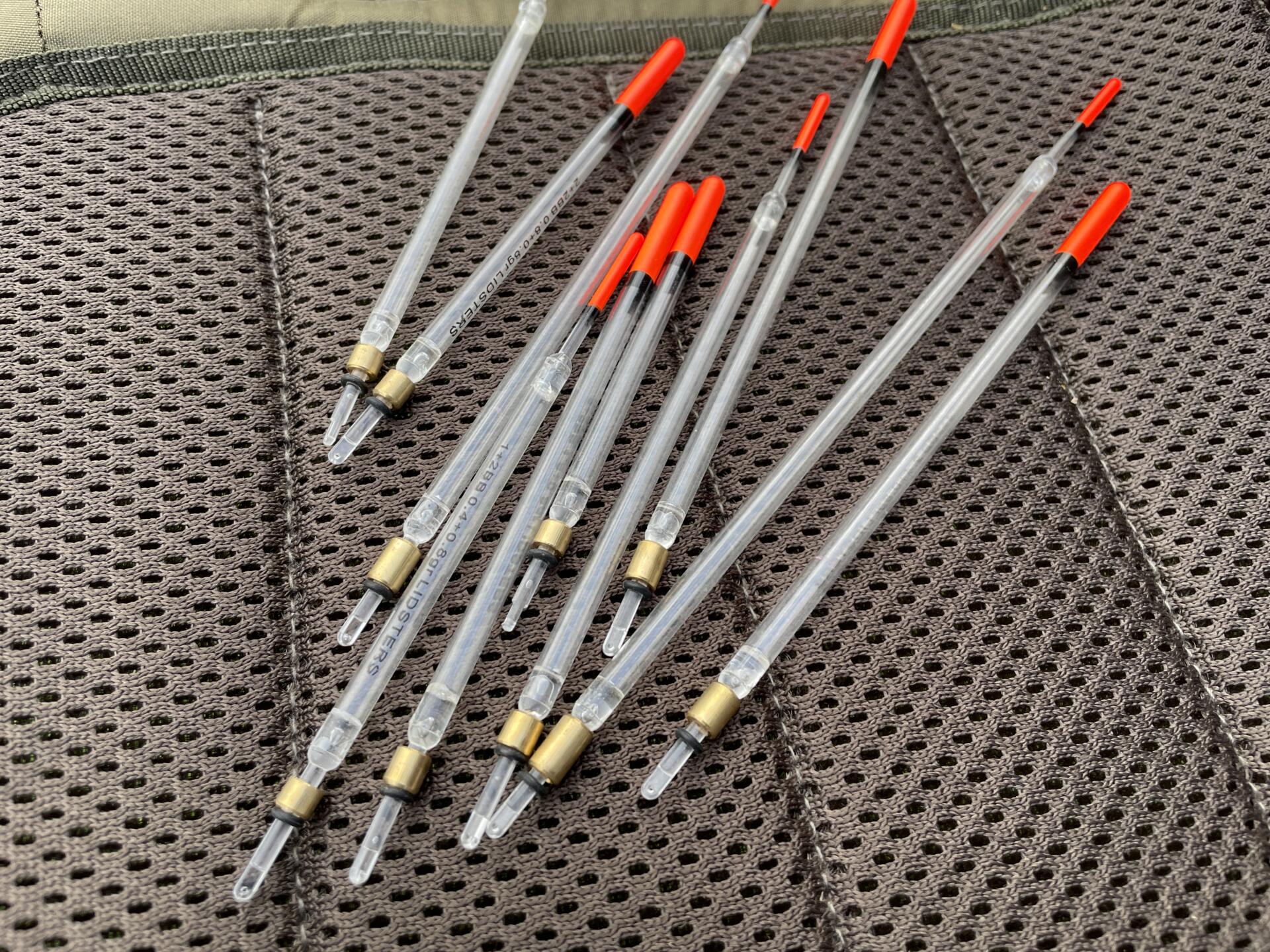
The Waggler is one of the most used and multi-purpose floats – it should be part of every anglers tackle box.
Wagglers come in all shapes and sizes
Wagglers come in all shapes and sizes. Some are loaded, which allows the float to cock using less shot on the line and is particularly useful when casting a distance as the float travels ahead of the end tackle decreasing the horror of tangles. Those which are not loaded enable the angler to set the float as desired or indeed have the float laying on its side as in ‘laying on’. This is where the float only cocks when the balancing shot lying on the bottom is lifted by a biting fish, transferring the weight of the shot directly to the float and causing it to cock or sink.
Floats for fishing rivers
Although a favourite on stillwaters, wagglers can also be used to great effect onrivers as long as they are slow flowing. However, when fishing faster water I would suggest a stick float.
Stick floats are attached top and bottom which gives greater control in fast moving water. The bottom half of the float is ususally heavier than the top which increases stability in the flow. As a general rule the lower layers of water in a river flow more slowly than the top layers. This causes the float to drag the hook bait below it giving an unnatural presentation.
To combat this stick floats are designed to be held back without the float being pulled under water, which would happen if attached bottom end only. Holding the stick float back allows the baited hook to travel ahead of the float creating a more natural presentation.
Choose a colour which stands out
The colour of the float is also worthy of consideration as it can be extremely frustrating to cast out and then have to squint because the float is lost against the backdrop of the water.
Float fishing in all its forms is an extremely enjoyable method of catching fish and time spent perfecting the art will certainly add fish to the net and your enjoyment of the sport. Always keep in mind, however, that whichever float you choose it needs to be as unobtrusive as possible and be fit for the job.
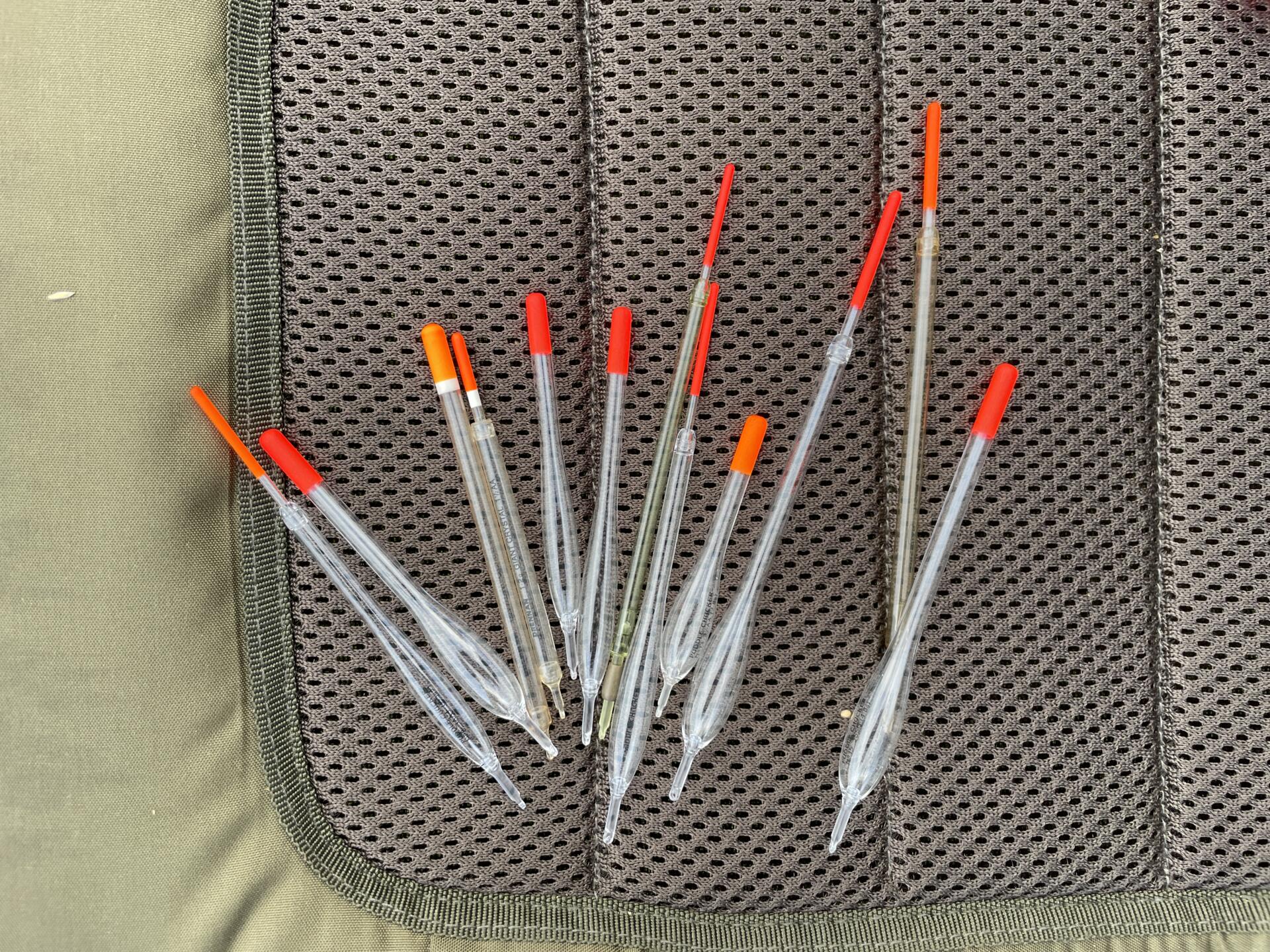
Having a wide selection of floats of different sizes and colours will ensure you can present your bait perfectly and easily see when you get a bite.
Similar articles
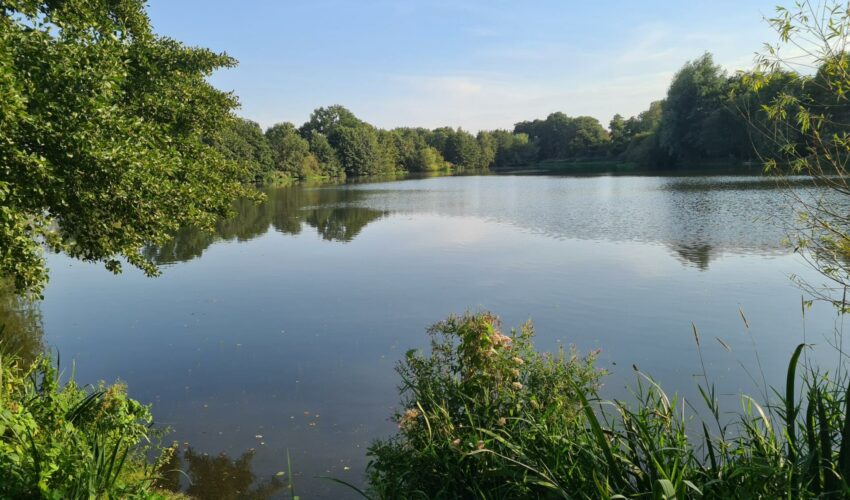
Our guide to fishing this spring (2025)
With the worst of the weather over (we hope!) and with spring finally here, it’s time to clean out that tackle box and get on the bank for some spring time fishing.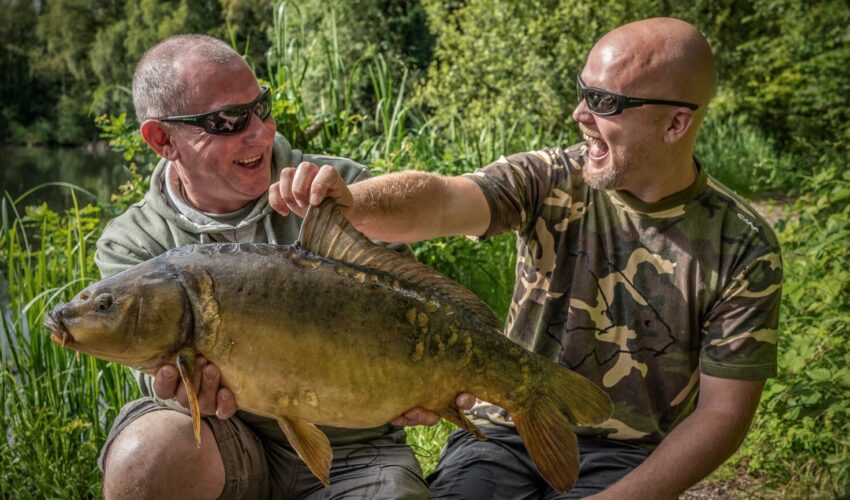
Take a friend fishing
Get ready to hit the water! From April 18th to May 4th, 2025, you can get a free fishing license to take a buddy out and show them what fishing’s all about. Yep, free! It’s all part of the “Take…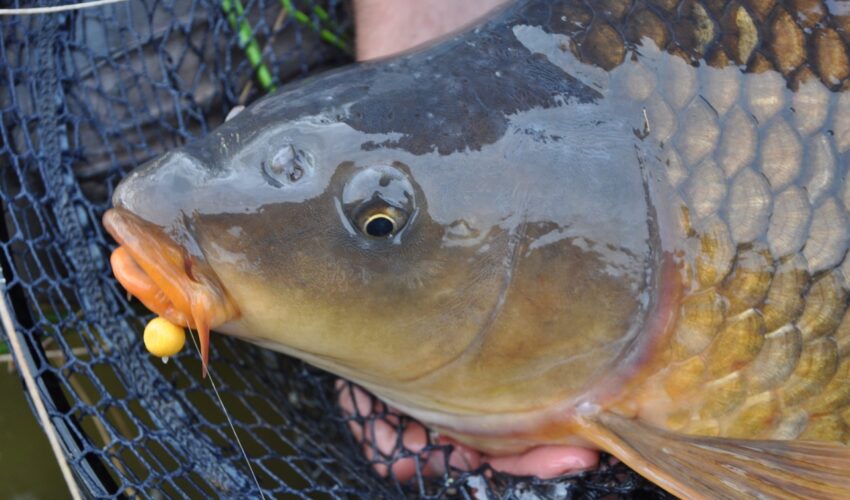
Fishing tips for hard days: How to get more bites
It happens to the best of anglers. Whether conditions are tough, the fish are moody, or our plans simply aren’t working, there are days we struggle. But what can you do to catch fish that seem unwilling to cooperate? There’s…
15% Off at Malston Mill – A Luxury Fishing Retreat in South Devon
Looking for the ultimate fishing getaway? Malston Mill Farm in South Devon is offering a 15% discount on 7-night bookings between March 8th and April 20th, 2025 – including Easter school holidays. It’s the perfect chance to book a stress-free,…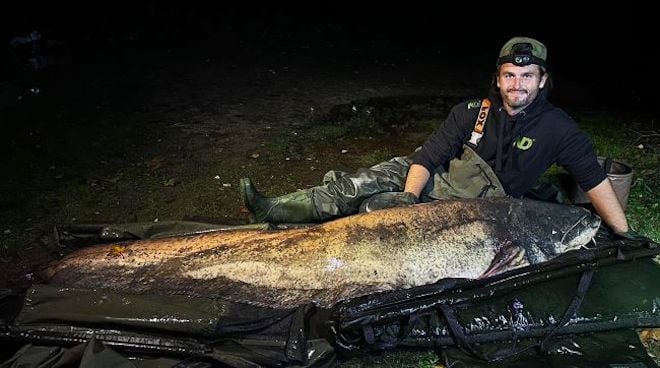
Angler shatters british record for Wels Catfish
Shaun Ing has landed a colossal Wels catfish, weighing in at a staggering 150lb 3oz, setting a new British record.
The cold truth: How water temperature impacts fish behaviour
Cold water slows fish metabolism, impacting their feeding and behaviour, but don’t let that put you off – read on to find out how and where to succeed in the UK’s chilly conditions.Search by Region or County
Find new places to go fishing in your local area or county by choosing your destination below









Comments